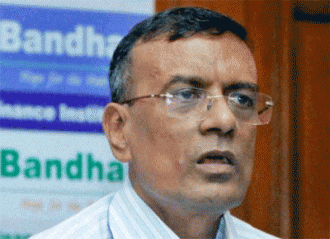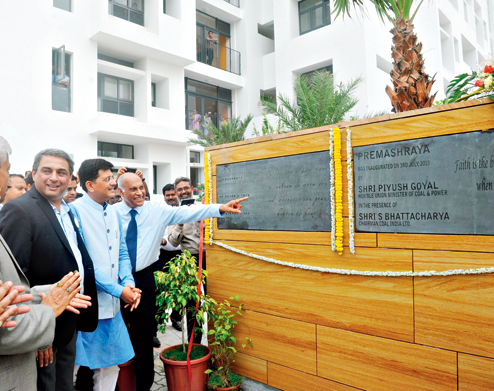Kolkata :
Osteosarcoma, or cancer of the bone, now has an easier and cheaper cure. While the most commonly used treatment is to replace the affected bone with a prosthetic one, a team of city doctors has now used bone scraped out of a patient’s left leg to reconstruct the bone above the right knee (autograft). This has not only cut out cost of the prosthetic replacement, but also made recovery faster and less complicated.
While a prosethetic bone replacement costs Rs 1.5-2 lakh, an autograft can be done for just Rs 50,000.
Amputation of the affected bone was the only cure for osteosarcoma till recently. The ailment is triggered by a cancerous tumour on the bone, which is usually an aggressive form of malignancy. It is more common among children and young adults.
In this case, 19-year-old Sabaqur Nahar Begum, a resident of Burdwan, was affected by osteosarcoma last March. She had a cancerous tumour on her femur and amputation seemed to be the only option. Looking for another way, her husband Syed Badshah Ali got in touch with doctors at the Netaji Subhas Chandra Bose Cancer Research Institute.
“I was told that her leg would not only be saved, but that she would not even require an artificial replacement to heal the affected bone,” he said.
Led by orthopaedic surgeon P Pujari of Ramakrishna Mission Seva Prathisthan, the surgery removed the cancerous part of her femur and used bone fragments from her tibia to fill the gap. The surgery was preceded by a series of three chemotherapy sessions.
A rod has been inserted into the area to support the implanted bone. It will be removed after three to six months depending on how quickly the area heals.
“The trend is now to saving limbs and body organs affected by cancer. While previously we would ampute the bone or limb, now it is possible to save them with modern and more accurate surgical procedures. In this case, the patient has responded well to the surgery and is on the path of recovery,” Pujari said.
Osteosarcoma patients usually do not suffer a relapse in the area of the operation. “But metastatis or a recurrence can’t be ruled out in another part of the body. This is true of any form of cancer, though,” added Pujari.
Oncologist Subir Ganguly felt that while the surgical technique has opened up the option of saving the limb, a recurrence of the cancerous tumour can’t be ruled out.
“Microscopic cancerous cells, that are hard to detect, might linger in the area. It often happens that the tumour forms again, a reason why surgeons earlier preferred to ampute the affected bone. But the new procedure is useful for it allows the surgeon to delay or rule out the amputation as far as possible,” said Ganguly.
source: http://www.timesofindia.indiatimes.com / The Times of India / Home> City> Kolkata / by Prithvijit Mitra, TNN / July 09th, 2015






